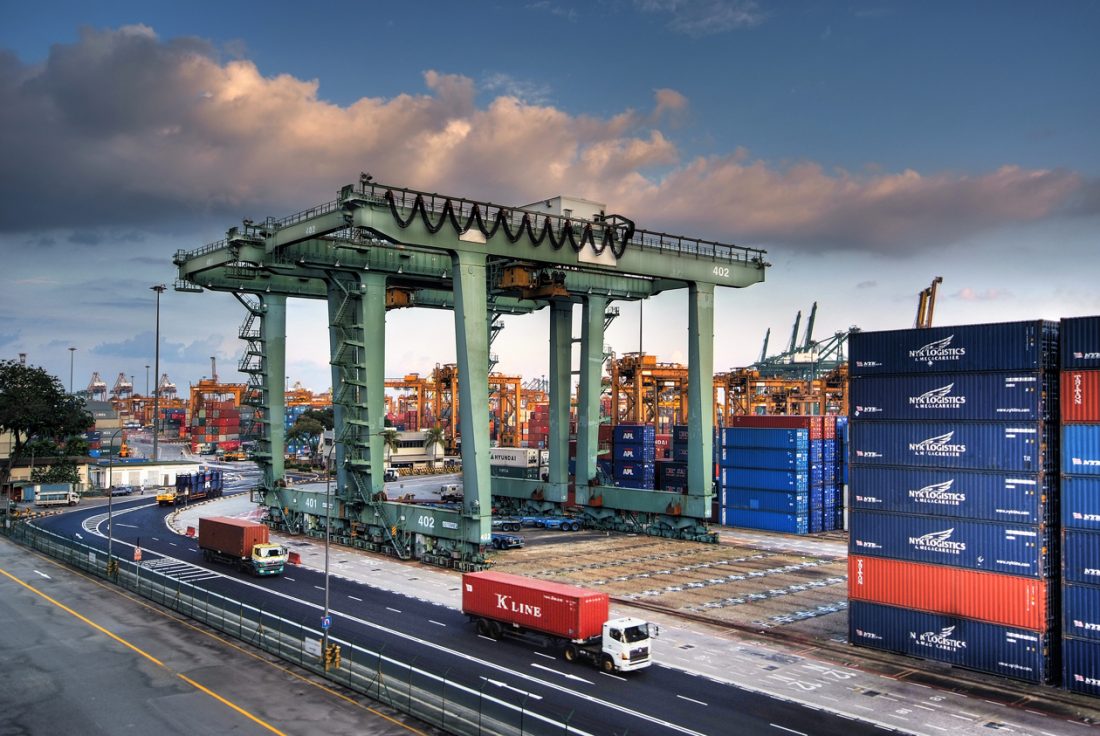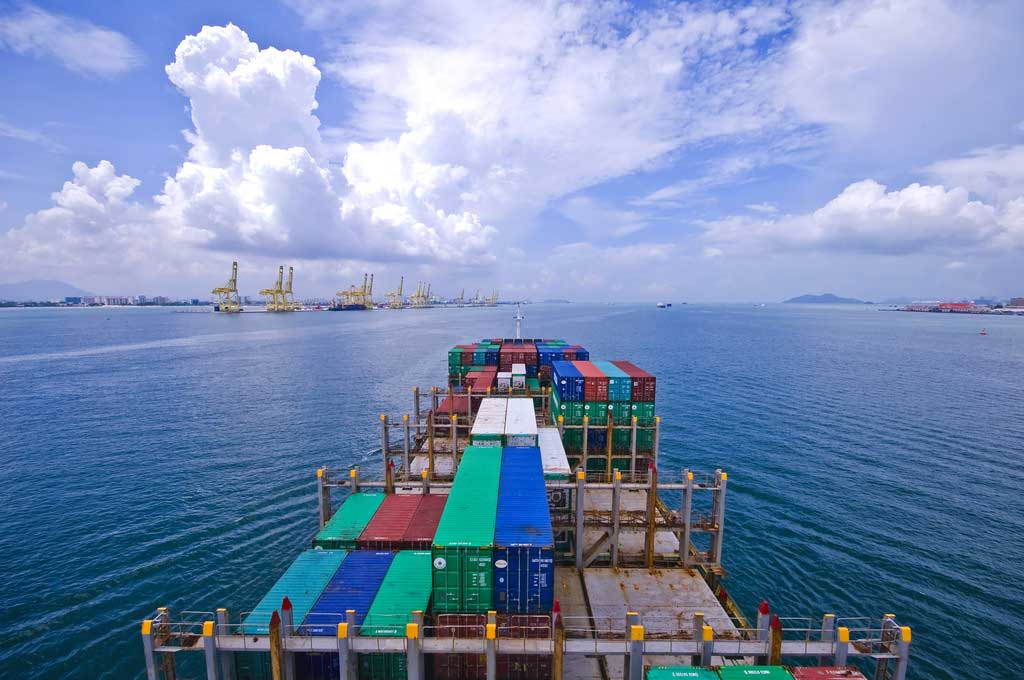InAsia
Insights and Analysis
Forecasting Biden’s Foreign Policy in Southeast Asia
March 31, 2021
Remarks by Benjamin Zawacki at the panel discussion “Forecasting U.S. Foreign Policy on Southeast Asia under a Biden Administration,” cohosted by the Asian Center for International Development of Thailand’s Mae Fah Luang University and The Asia Foundation on March 18, 2021.
The day before John F. Kennedy’s inauguration in 1961, he met with an outgoing President Eisenhower. According to the Pentagon Papers, “Eisenhower said with considerable emotion that Laos was the key to the entire area of Southeast Asia,… that we should make every effort to persuade member nations of SEATO … to defend the freedom of Laos.… President-elect Kennedy … asked if the situation seemed to be approaching a climax.… Eisenhower stated that the entire proceeding was extremely confused.”
If, two months ago, a similar briefing had been given to a President-elect Biden by an outgoing President Trump, the details 60 years on would have been different, but the tone, tenor, and message strikingly similar. The main difference would have been a shift in focus from Laos—and by extension, Indochina—in 1961 to Thailand on the mainland and to the Philippines in maritime Southeast Asia. That is, a shift from countries six decades ago whose governments the U.S. was propping up to those today with which it has increasingly uncertain relations. And, of course, two weeks after that recent imaginary briefing, Myanmar would have been added to the list overnight.
The reason for the briefing, however—and for the policy it was intended to inform—would have been nearly identical: an assertive People’s Republic of China with growing influence in Southeast Asia.
The Indo-Pacific Directorate, the largest within the new National Security Council, reflects the importance the Biden administration is placing on the region. It is led by former assistant secretary Kurt Campbell, well known to Southeast Asia, three China directors, and up to 17 other officials.
In his first major speech, Secretary of State Blinken himself characterized U.S.-China relations as the “biggest geopolitical test of the 21st century.” China was the only country-specific foreign policy issue among the eight he explicitly addressed, and perhaps not since the start of the War on Terror 20 years ago has there been an issue with such broad bipartisan support. With the exceptions of climate change and nuclear proliferation, for which Biden has revisited his vice-presidential view of China as a “cooperative partner,” President Biden is set to continue his predecessor’s characterization of Beijing as a “peer competitor.”
§

The port of Singapore. (Photo: William Cho / WikiCommons)
Even more so than it was for Kennedy, who inherited a global Cold War, Southeast Asia will be for President Biden one of the most pivotal regions of his foreign policy. Diplomatically, he will seek to make up for influence lost to China. Militarily, he will prepare for—although not precipitate—a regional security crisis involving China on some level. This is not to predict that such a crisis will in fact occur, but rather that Biden will take into account the 2018 assessment of the U.S. Indo-Pacific Commander that “China is now capable of controlling the South China Sea in all scenarios short of war with the United States.”
Concerning diplomacy—which he has pledged to privilege in his foreign policy—President Biden will continue rebuilding the State Department. Thailand experienced a 17-month period without a U.S. ambassador, until March of last year, while vacancies in the Philippines, Singapore, current ASEAN chair Brunei, and at ASEAN itself all precede his inauguration. Singapore’s vacancy dates back to Trump’s inauguration.
Secretary Blinken’s calls to the foreign ministers of Thailand and the Philippines the day after his confirmation demonstrate that bilateral relations will retain their place in Biden’s diplomacy toolbox, and that bilateral alliances will be given broader meaning. At the same time, multilateralism will likely prove the more widely and publicly used tactic. After not one but two years of superficial U.S. representation at ASEAN summits hosted by Thailand and Vietnam, expect four years of perfect attendance in Brunei, Cambodia, Indonesia, and Laos PDR by either the president, the vice-president, or the secretary of state. The Trump administration deserves credit for raising the profile of the Mekong River and its economic subregion, which many see as mainland Southeast Asia’s equivalent of the South China Sea. While it is too early to assess the effectiveness of Trump’s Mekong-U.S. Partnership, which replaced the Obama administration’s Lower Mekong Initiative, engagement under Biden is set to rise in response to China’s own Lancang-Mekong Cooperation forum.
And finally, as made plain by Interim National Security Strategic Guidance released by the White House earlier this month and by the nomination of Samantha Power as head of a newly elevated USAID, Biden will clearly if carefully reinject the promotion of democracy, human rights, and the rule of law into Southeast Asian diplomacy. This “values-based” approach may well be advanced in response to Myanmar’s recent coup, though tempered by the strain in bilateral relations caused by the generic criticism of Thailand’s 2014 coup and by America’s own domestic democratic recession.
Southeast Asia is also the front line militarily in America’s new peer competition with China, even more so than Northeast Asia where China is located. Bilateral defense treaties with Japan and South Korea are on solid ground—as are over 65,000 U.S. troops between them. North Korea admittedly remains unpredictable, but it falls within an area more of common interest between the U.S. and China than of potential conflict. And where conflict is potential—namely over Taiwan—how it starts and ends will turn as much on contested and newly militarized islands, reefs, and shoals in the South China Sea as it will on points further north.
Biden will ensure a repeat of the inaugural U.S.-ASEAN naval exercises of 2019, engage the U.S.-ASEAN Defense Forum, and continue the inclusive, flagship Cobra Gold exercises. But in the reverse of his diplomatic tactics, he will otherwise focus far more on bilateral than multilateral defense relations. After all, Thailand—also a major non-NATO ally—and the Philippines are the only two Southeast Asian nations party to the 1954 Manila Pact.
§

More than $5 trillion in goods transit Southeast Asian waters each year. (Photo: Salehi Hassan / Flickr, CC BY-NC 2.0)
At the same time, Biden’s Southeast Asia policy will also face headwinds largely beyond his control. Collectively, the region consistently advocates two principles in its dealings with external powers: neutrality—“don’t make us choose a side”—and “ASEAN centrality.” These principles are mutually exclusive. While ASEAN is the oldest piece of abundant regional architecture and sits squarely at the center of the Indo-Pacific, centrality means more than pedigree and more than geography. It means leveraging those positions to the point of becoming essential, of becoming the institution whose views and voice on any major issue implicating the Indo-Pacific must be accounted for and at times even deferred to. Yet, concerning the paramount geopolitical issue of our time, the meeting of the global powers on ASEAN’s very doorstep, the institution rushes to the periphery. And there it remains, well, peripheral, sacrificing its potential centrality for a neutrality that places it at the mercy of the great powers. “Don’t force us to choose” is thus merely a reactive request, rather than the basis of a proactive and agency-driven policy.
This poses a challenge to Biden, since China has benefited from ASEAN neutrality, allowing it to deal with its member states on a strictly bilateral basis rather than face a unified—and potentially opposing—voice on issues of contention between Washington and Beijing.
On the other hand, Southeast Asia, by almost any measure, may be the most diverse region in the world, as reflected in an ASEAN whose construction, although indigenous, recalls the colonial era divisions and definitions it had to contend with. It is fair to ask what the average policymaker in, say, the Philippine islands—Catholic, English-speaking, and several seas away—has in common with a counterpart in, say, Myanmar, host to an official 135 ethnic minorities and bordering both China and India. What do policymakers in a land-locked Laos of just seven million mostly Buddhist citizens have in common with their counterparts in a Muslim-majority Indonesian archipelago with a population 39 times as large?
Unwittingly or otherwise, the Trump administration’s emphasis on bilateralism was thus a recognition of certain realities that are not going way, and that Biden will need to account for by way of not one, but 11, Southeast Asia policies: for ASEAN and each of its 10 member states.
More to the point, and in sharp contrast to Kennedy’s time, Southeast Asian countries do not see China nearly so predictably, or as congruently with the American point of view, as they did 60 years ago. Talk of a new Cold War may have equal traction in Washington and in regional capitals, but participation at all in such a standoff—much less in ways Washington would prefer—is a very different story. Again, one need look no further than treaty allies Thailand and the Philippines for the most dramatic expression of this changed and changing landscape.
In the end and in conclusion, whether President Biden’s policy on Southeast Asia is successful will depend not only on America’s ability to compete with Beijing, but also on Southeast Asia’s calculation of its own interests.
Benjamin Zawacki is a senior program specialist in The Asia Foundation’s Southeast Asia program in Thailand. He can be reached at [email protected]. The views and opinions expressed here are those of the author, not those of The Asia Foundation.
About our blog, InAsia
InAsia is posted and distributed every other Wednesday evening, Pacific Time. If you have any questions, please send an email to [email protected].
Contact
For questions about InAsia, or for our cross-post and re-use policy, please send an email to [email protected].The Asia Foundation
465 California St., 9th Floor
San Francisco, CA 94104
The Latest Across Asia
Program Snapshot
April 18, 2024
News
April 17, 2024

2024 Lotus Leadership Awards
Thursday, April 25, 2024, New York City
The Lotus Leadership Awards recognize contributions towards gender equality in Asia and the Pacific







0 Comments